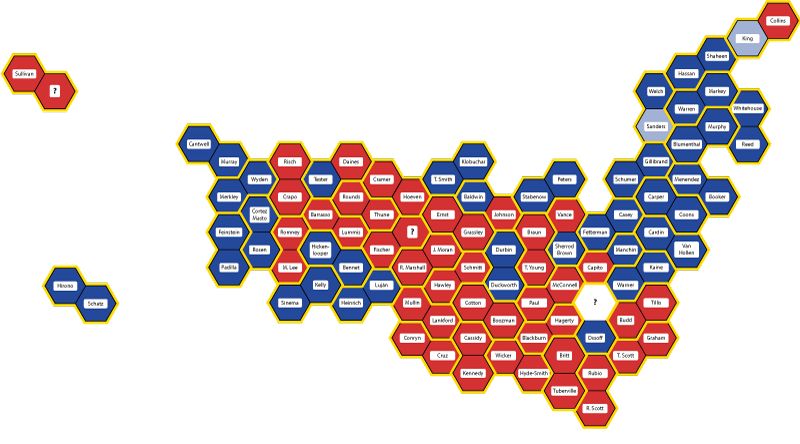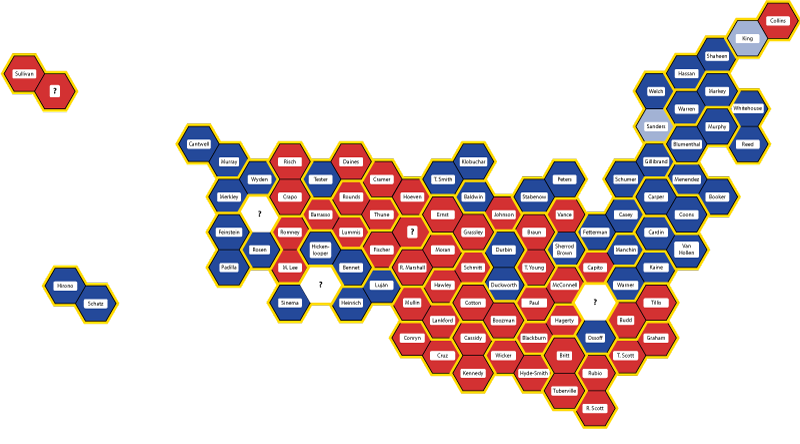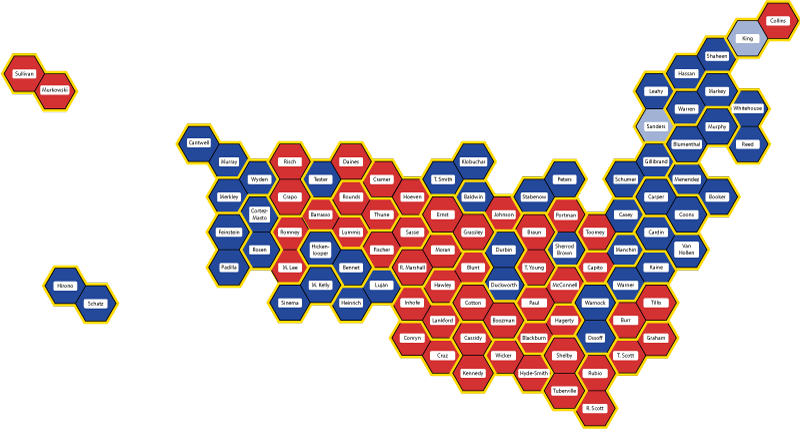The votes are in!
After a record 38 votes, we have a winner in the Sixth Annual Best Sexy [Thing That Is Inherently Not Sexy] Halloween Costume Contestâ„¢!
In my earlier post, Back Again! Sexy Unsexy Halloween Costumes!, I explained the purpose of the contest and reviewed the winners of the 2015-2019 contests (the 2020 and 2021 contests were cancelled due to the global COVID-19 pandemic). On Halloween Monday, I revealed this year’s record 23 nominees, sent in by you! From there, I chose 12 finalists and invited you to vote for your favorites.
Here are the results, in order of increasing votes, with ties broken by me.
In twelfth place, with zero votes:
Sexy Fart (for Kids!)
Suggested by Aimee Shoff
Kids costumes are never within the Sexy Unsexy Costume Contest brief, for reasons that I really really really hope are obvious to everyone. But some costume designs are so WTF inappropriate that they just have to be included.
This one came in under a cloud of suspicion, but ultimately it was a stinker.
The good news is that this costume is extremely popular with kids – my sister tells me that my niece and nephew are already asking for one next year.
In eleventh place, also with zero votes:
Sexy Blockbuster Video Employee
Suggested by Aimee Shoff
Everyone’s favorite costume from Halloween 1992 – and like Blockbuster Video itself, it is still inexplicably around for Halloween 2022!
In tenth place, with one vote:
Sexy Velma
Suggested by Aimee Shoff
Since when was Velma the sexy one in the Mystery Machine crew? Since ALWAYS!
Seriously, though, Velma is the best. Universal agreement across all genders and sexual orientations on this one.
In ninth place, with one vote:
Sexy Blank Spirit Halloween Costume Meme
Suggested by David Dudich
Fake Spirit Halloween Costumes was the joke that the 2022 Internet ran into the ground, through the core of the Earth, and out the other side. This one not only beats them all, it encompasses them all.
Be the blank slate onto which other people project their sexy desires!
In eighth place, with two votes:
Sexy Ketchup
Suggested by Joseph Kennedy
This one really pours it on thick.
Although, to be fair to the costume idea, I’ll include the comment from one of the people who voted for it:
Ooh, is that Ice-T? I vote for Ice-T!
In seventh place, with two votes:
Sexy Mail Carrier
Suggested by Aimee Shoff
Neither snow nor rain nor heat nor gloom of night stays this sexy courier from the swift completion of her appointed rounds on Halloween night. Wherever she may be rounding.
Bonus vote for representation for plus-size women!
In sixth place, with two votes:
Sexy Jester for Dudes
Suggested by Aimee Shoff
Are jesters sexy? No.
Is leather sexy? Maybe.
Is a hand strategically placed in front of a penis in a stock photo sexy? Wait what?
In fifth place, with three votes:
In fourth place, with four votes:
Sexy Airpods for Couples
Suggested by Aimee Shoff
A couples costume that lets you be sexy TOGETHER!
At least until one of you gets lost halfway through the evening, or until you stick it into the wrong hole.
In third place, with four votes:
Sexy Boob Ghost
Suggested by David Dudich and Aimee Shoff
Aimee sent this to me by private message so that she wouldn’t get sent to Facebook Jail. At first I wondered why a simple sheet-for-a-ghost Halloween costume would get her suspended.
Then I got it. BOOBS.
In second place, with six votes:
Sexy Honey Badger
Suggested by Jackie Bowman
Honey Badger don’t care… Honey Badger is SEXY!
Caution: may eat your face. But maybe you’re into that.
…and with 13 votes, our 2022 Best Sexy [Thing That Is Inherently Not Sexy] Halloween Costume Contestâ„¢ winner is…
Sexy Tardigrade
Suggested by Elliot Kresmer
A homemade costume is this year’s winner, with an incredibly strong WTF appeal: Sexy Tardigrade!
Tardigrades, also known as water bears, are microscopic animals that are found all over the Earth, in the most extreme environments from the Antarctic interior to a mile deep in the crust to the stratosphere – and even in outer space.
Yes, the accompanying costume photo really is what it looks like. At least the top half; the bottom half is pure sexy.
Sexy Tardigrade is also the first animal costume to win since Sexy Orca in 2015. Yes, I looked it up and confirmed that a tardigrade is an animal.
I’ll let you explain why this one won, in your own words from online discussion of this year’s contest:
I wish the tardigrade had boobs. Very hard to vote against boobs but logic follows that a sexy person would become a sexy ghost. So I guess I’m voting tardigrade! With ear pods as a close second.
same, with pretty much the same reasoning
I vote for the tardigrade. The blank meme and the CVS receipt are nicely meta/random, but I don’t think the CVS receipt is even trying to be sexy. In contrast, the repulsive top  vs sexy bottom in the tardigrade are notable
vs sexy bottom in the tardigrade are notable
So congratulations to Sexy Tardigrade, and congratulations to Elliot Kresmer on the winning suggestion! Elliot, I’ll be in touch about the $10 Amazon.com gift card.
I hope you enjoyed this year’s contest, and remember, it’s never too early to send entries for the 2023 contest!
Stay Sexy!

















